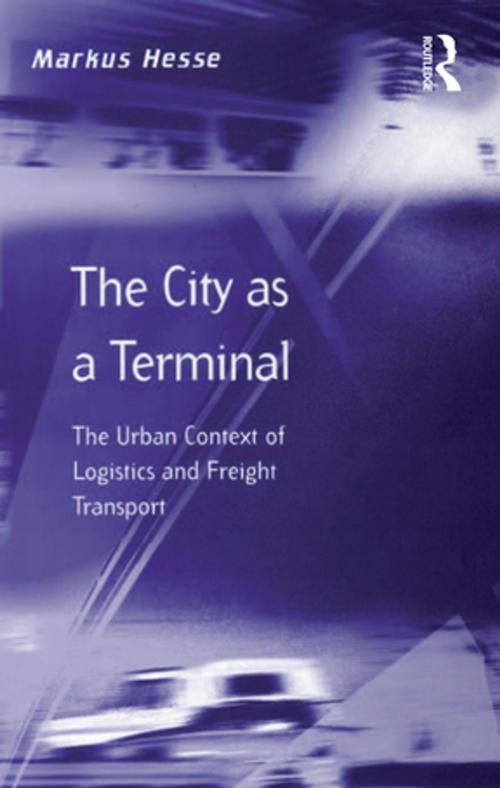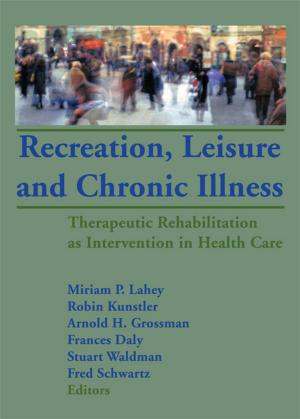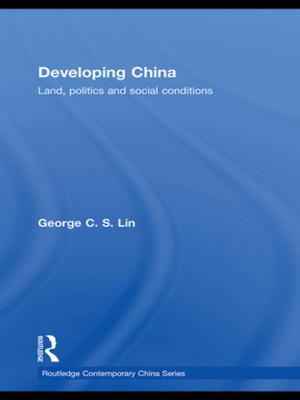The City as a Terminal
The Urban Context of Logistics and Freight Transport
Nonfiction, Science & Nature, Technology, Engineering, Civil| Author: | Markus Hesse | ISBN: | 9781317038108 |
| Publisher: | Taylor and Francis | Publication: | March 16, 2016 |
| Imprint: | Routledge | Language: | English |
| Author: | Markus Hesse |
| ISBN: | 9781317038108 |
| Publisher: | Taylor and Francis |
| Publication: | March 16, 2016 |
| Imprint: | Routledge |
| Language: | English |
The on-time delivery of goods is regarded as a primary factor of the urban economy and is being monitored by businesses and government alike. However, much analysis of freight transportation and the flow of goods into, out of and within urban areas focuses on functional, business-related approaches. This book examines the interrelationship between logistics development on one hand and urban development and geographical issues, such as land use and location, on the other. Avoiding certain one-dimensional views on 'logistics impacts on the city', it discloses the complex interaction of the logistics system with the entire urban environment. It also bridges the gap between recent geographical research into new production systems and (post)modern consumption patterns. Illustrated with case studies from the United States, Germany, France, The Netherlands and the United Kingdom, it examines issues such as: the historical nexus between urban areas and logistics; current urban developments with regards to goods distribution; city-region related characteristics of freight flows; locational dynamics; and specific freight related urban problems and conflicts.
The on-time delivery of goods is regarded as a primary factor of the urban economy and is being monitored by businesses and government alike. However, much analysis of freight transportation and the flow of goods into, out of and within urban areas focuses on functional, business-related approaches. This book examines the interrelationship between logistics development on one hand and urban development and geographical issues, such as land use and location, on the other. Avoiding certain one-dimensional views on 'logistics impacts on the city', it discloses the complex interaction of the logistics system with the entire urban environment. It also bridges the gap between recent geographical research into new production systems and (post)modern consumption patterns. Illustrated with case studies from the United States, Germany, France, The Netherlands and the United Kingdom, it examines issues such as: the historical nexus between urban areas and logistics; current urban developments with regards to goods distribution; city-region related characteristics of freight flows; locational dynamics; and specific freight related urban problems and conflicts.















